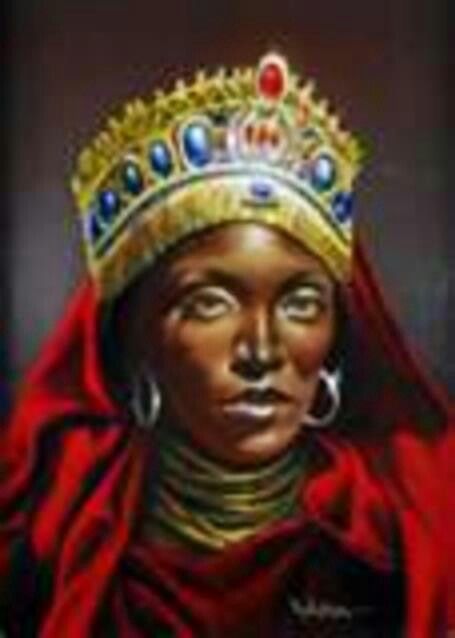The Queen of Sheba is one of the most enigmatic figures in biblical and historical tradition. Revered in the scriptures (1 Kings 10, 2 Chronicles 9) for her wisdom, wealth, and diplomatic mission to Solomon, she has long fascinated scholars, theologians, and cultural historians alike. But the most vital question often overlooked is this: Where exactly was Sheba, and which Sheba was she queen of?
The Many Shebas in the Bible
To understand the Queen of Sheba’s identity, we must first explore the name Sheba itself—appearing prominently across multiple genealogies in the Book of Genesis. In fact, there are three main Shebas mentioned:
- Sheba, son of Raamah (Genesis 10:7) — descendant of Cush, son of Ham. Cush is widely recognized as the progenitor of the ancient Ethiopians.
- Sheba, son of Joktan (Genesis 10:28) — descendant of Arphaxad, son of Shem, through Joktan. This line is often associated with areas in Arabia, but new research proposes they migrated west from Sudan into present-day Burkina Faso and surrounding regions.
- Sheba, son of Jokshan, son of Abram and Keturah (Genesis 25:3) — a post-flood blend of Semitic and African heritage, also producing a Sheba and Dedan.
These repetitions are not just copy-paste errors but possibly intentional ancestral honoring, pointing to a fusion of Semitic (Shemite) and Cushitic (Hamite) bloodlines.
Which Family Was the Queen of Sheba From?
When the Queen of Sheba visited Solomon, she did not come from the Arabian deserts. The overwhelming evidence places her origin within Africa, particularly West Africa, with strong links to modern-day Nigeria.
Yoruba Historians’ View
According to Yoruba oral history and local traditions, the Queen of Sheba is known as Biliki Sugbon (or Bilqis), and her legacy is tied to the mysterious ancient site known as Sungbo’s Eredo, a massive earthwork located in present-day Ogun State, Nigeria. This site, dating back nearly a millennium, is believed by locals and scholars alike to be a tribute to—or even the tomb of—this very Queen of Sheba.
The Yoruba translation of Sheba as Ashe’Bi Oba means “the one who lives like royalty.”
This aligns seamlessly with the image of a wise and wealthy African queen received with honor by Solomon himself.
Sheba in Geography and Names
The legacy of Sheba as a name and cultural footprint is spread across Africa and even parts of Asia:
Towns and Regions Named After Sheba
- Kebbi State, Nigeria – Showing Sheba’s deep roots in West Africa.
- Sheba, Mpumalanga (South Africa) – Rings in the southern lands of Shem.
- Chebba, Tunisia – A trace of Sheba’s name in North Africa.
- Sheba, Tanzania – Representing the eastern corridors of migration.
- Shaba (Malawi, Zambia, Nigeria) – A widely registered surname with over 50,000 occurrences, emphasizing Sheba’s widespread African identity.
Surname Migration and Legacy
The name Sheba (and variant “Shaba”) appears across:
- Nigeria (especially in Kebbi and western states)
- DR Congo, Egypt, South Africa
- Bangladesh, and even China, showing ancient Semitic-African diaspora patterns.
African Royalty Rooted in Shem
Biblically speaking, the Queen of Sheba was more than a mysterious monarch from an undefined “eastern” region. The combination of scriptural genealogy, linguistic evidence, surname patterns, and oral African traditions points to a queen deeply embedded in African, Semitic, and Cushitic ancestry—most likely a descendant of Shem through Abram and Keturah, or possibly an honored descendant of Cush, yet ruling in a Shemite land.
Her legacy lives on in Nigeria’s cultural memory, in the ancient structures of Sungbo’s Eredo, and in the names of regions and people from Kebbi to Mpumalanga, from Tanzania to Tunisia.
Sheba was not a distant fable. She was a wealthy African woman, who carried herself as a queen of divine intellect and diplomacy. And Africa, not Arabia, holds her ancient footprints.
